Puppies and kittens are curious creatures, and they have keen senses of smell and taste, which they use to explore the world. In other words, they will gnaw, chew on, swallow, and get into just about anything!
In order to prevent a disaster, it’s important to take some precautions and keep dangers out of snout’s reach, especially during those times when you’re not home to supervise. Below, check out some ways to puppy or kitten-proof your home, as well as some tips for avoiding accidents.
Keeping dangers out of snout’s reach.
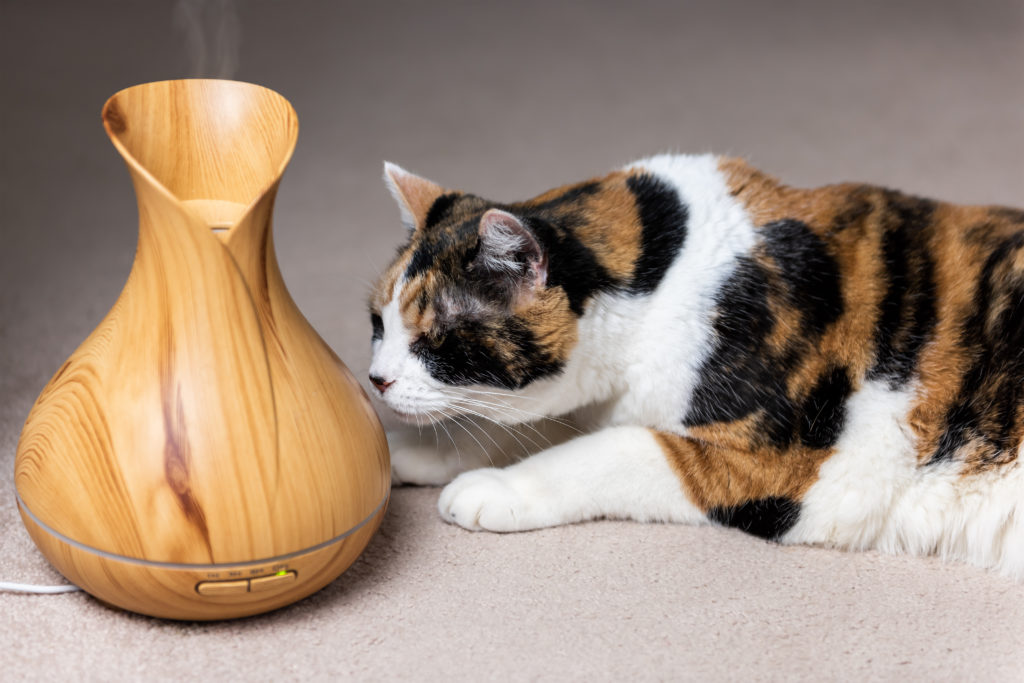
- Keep cleaning products, chemicals, and medications (both pet and human) secured in high cabinets or in closed closets.
- Stash antifreeze far away from pets’ noses, as its sweet smell entices pets but it is very lethal. Further, beware of any antifreeze leaks in the garage or driveway; clean them up so your furry friend doesn’t lick the puddle.
- Attach childproof locks to cupboards and cabinets that your pet can reach. (Remember that cats, especially, often climb on countertops and shelves, and may get into higher spaces.)
- Put lids on trash cans and keep them closed; to be extra safe, keep the can behind a cupboard or pantry door. There are tons of foods that can be dangerous for pets (more below), plus they can ingest non-edible things like packaging and wrappers.
- Always put food away to prevent “counter surfing.”
- Close the toilet lid so your furry friend doesn’t fall in or drink something icky.
- Check the inside of the washer and / or dryer before turning it on. This may sound silly, but cats, in particular, might sneak in to hide, especially in a nice, warm dryer.
- Secure and hide loose wires to prevent chewing (and possible electrocution) and strangling. This includes phone and laptop chargers, especially when they’re plugged in.
- Keep all cosmetics, beauty products, lotions, contact solution, etc. in a safe place where they can’t be eaten.
- Make sure to put all the kids’ toys away, especially little pieces like legos that could pose a choking hazard.
2. Consider crate-training your puppy.
Crate-training puppies is a great way to keep them safe by teaching them boundaries. Their crate should become a comfortable “safe space” that they enjoy going into. When you’re gone, crating your canine will make him feel safe while keeping him out of trouble.
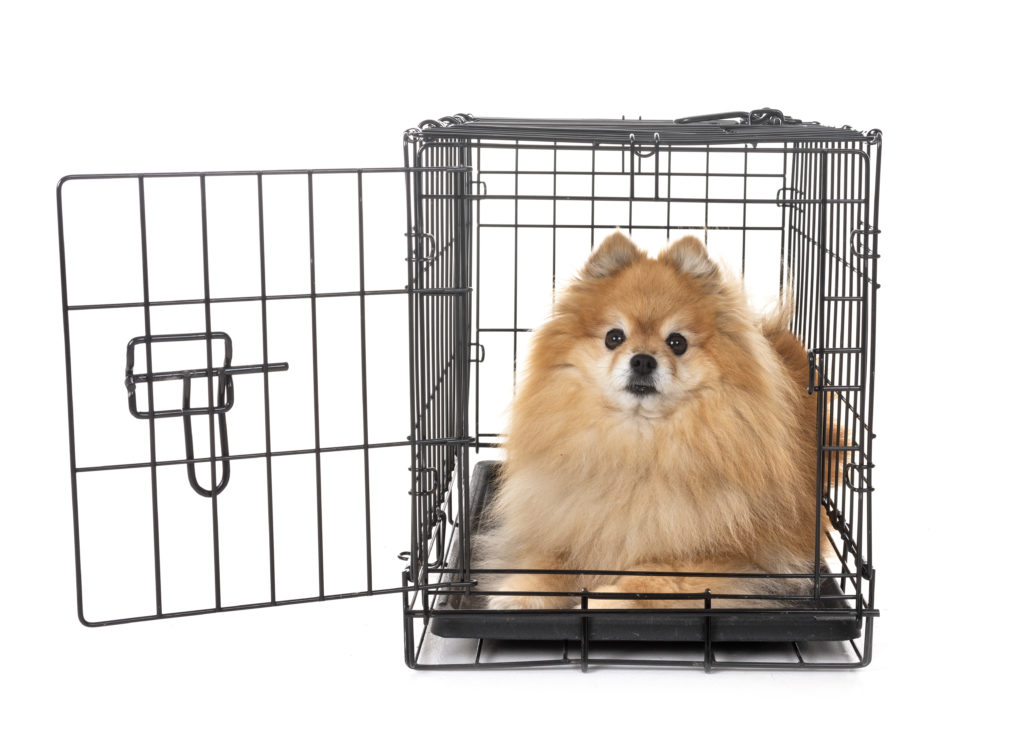
3. Know what plants can be dangerous.
Did you know that lots of garden plants, as well as houseplants and popular bouquet flowers, can be dangerous to animals? These include (but are not limited to) oleander, ivy, tulips. A note on lilies: these flowers are absolutely lethal for felines, and even sniffing them can be deadly.
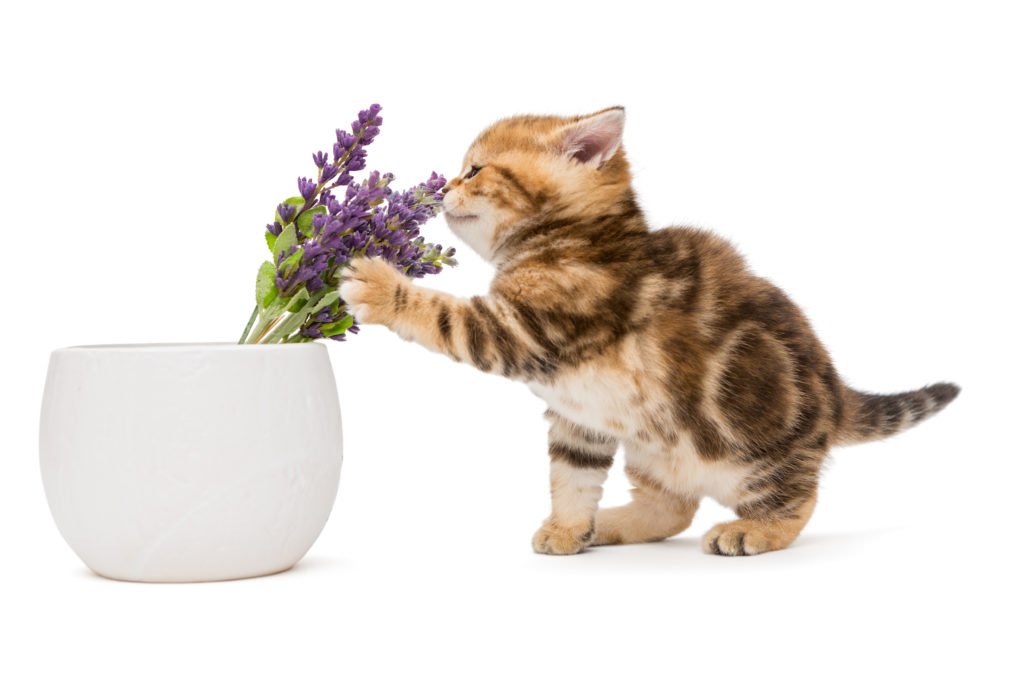
It’s also important to look up toxic plants or vegetation in your area, and to keep these species out of your garden. Popular ones include sago palms, gladiolas, aloe vera, and many, many more.
4. Learn what “human foods” are toxic.
It’s widely known that chocolate is poisonous for dogs and cats, but there are tons of other “human” foods that could also pose a danger. This includes onions, garlic, xylitol (found in gum and some other sugar-free foods), grapes, cooked bones, and fruit pits and seeds.
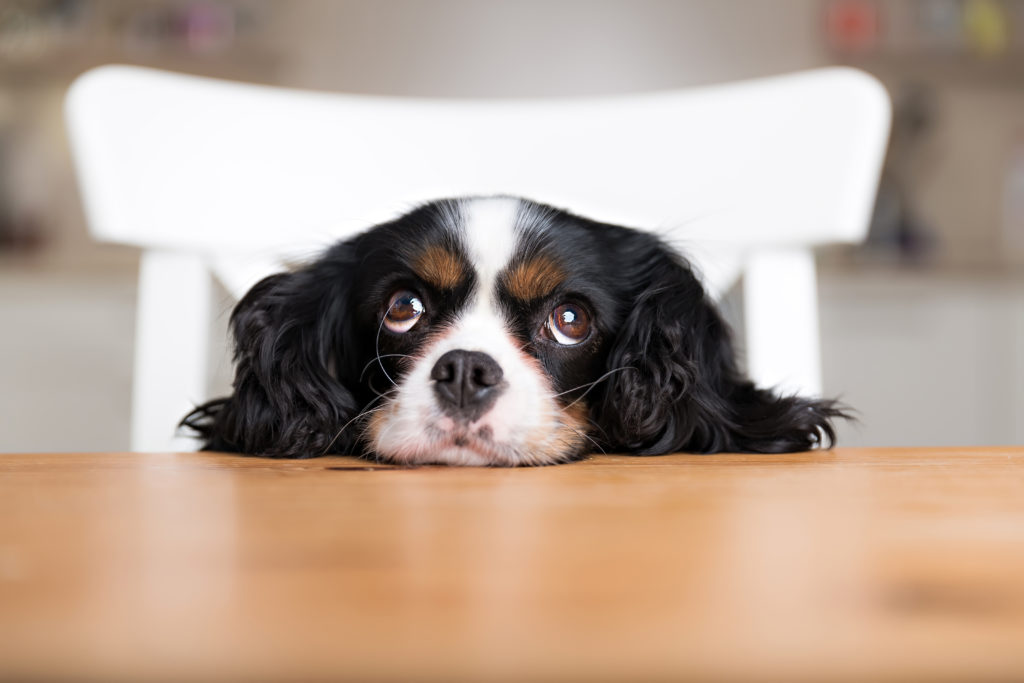
5. Practice pool safety.
Have a pool in your backyard? Be sure to take some safety precautions, like blocking it off so your puppy or kitten doesn’t accidentally fall in. Like a child, animals should always be supervised when playing near the pool. You might want to invest in a pet life vest, and when they’re ready, it’s a good idea to safely and carefully teach them how to swim.
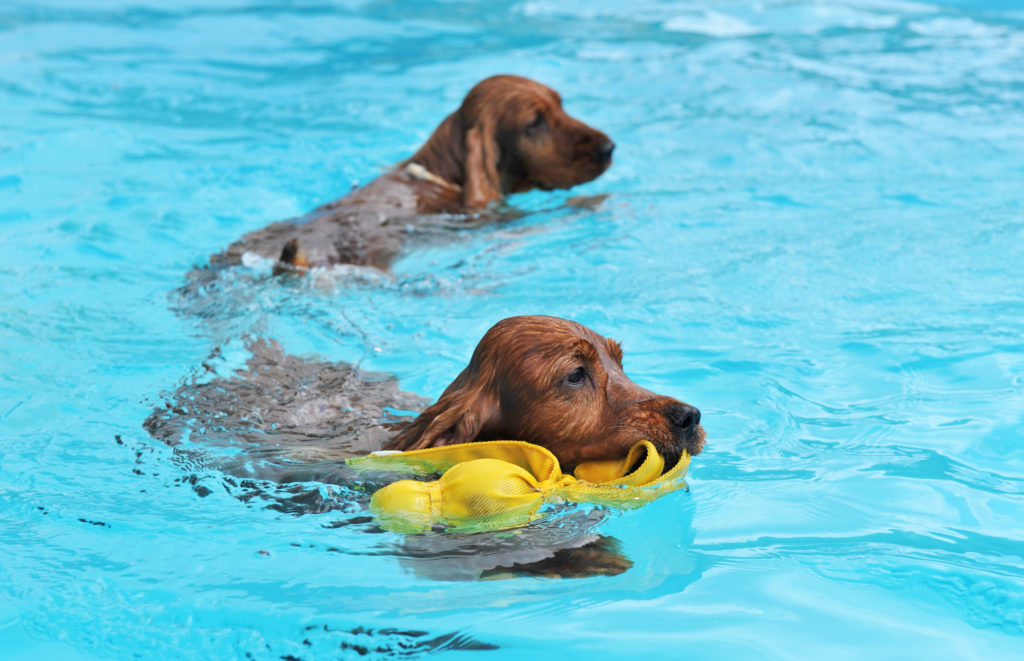
6. Choose appropriate toys and chews.
There are different-sized toys for different-sized pets, and it’s about more than your pal’s preferences. Toys and chews (like dental treats and antlers) that are too small can pose a choking threat to your furry friend, so be sure to get the appropriate size, usually labelled on the packaging. Also, any toys that have rips, holes, or broken pieces should be promptly thrown away to prevent choking or injury. Needless to say, pups or kitties should always be supervised while playing (or chewing) to make sure they stay safe!
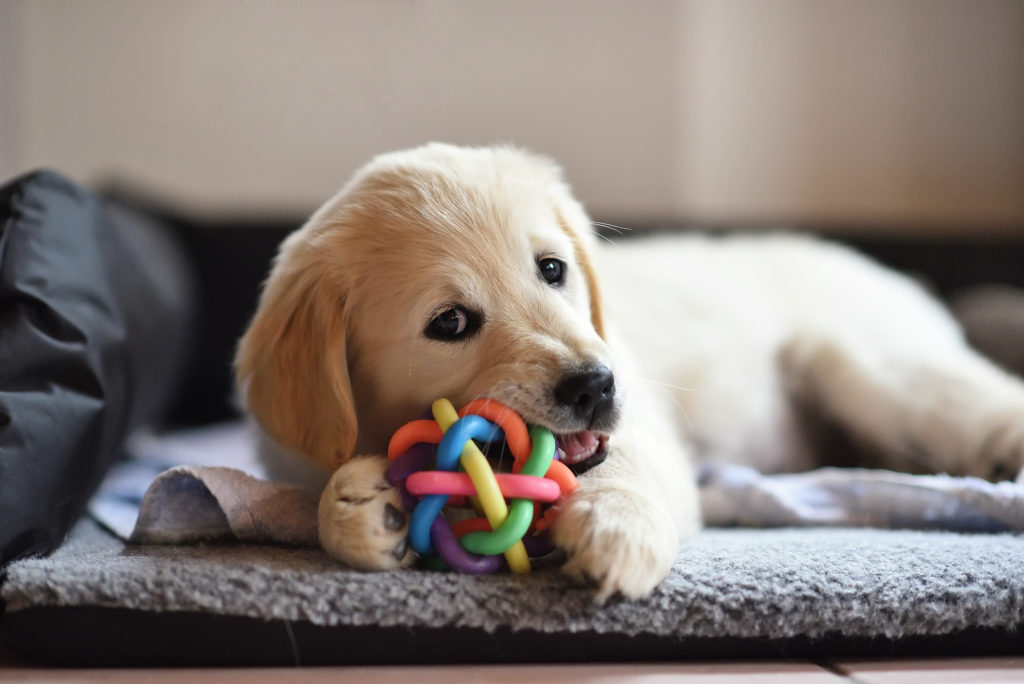
7. Have a pet first aid kit.
Be sure to have a pet first aid kit for your four-legged friend! This should include items to treat an injury as you’re headed to the vet (gauze, antibiotic ointment, etc.), as well as supplies in case of accidental poison ingestion. In the event of any incident, your first step should be to call your vet or local emergency vet for guidance. Both numbers should be in your phone, posted on your refrigerator, or otherwise on hand.

